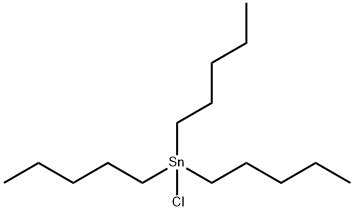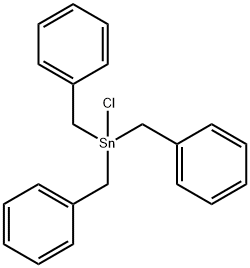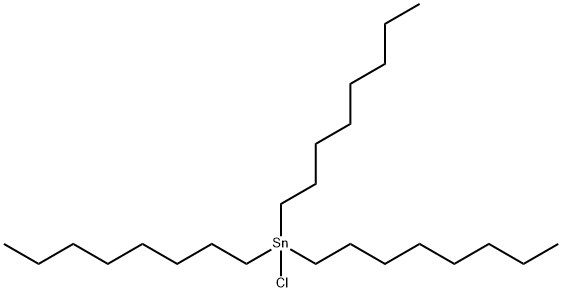A7744612
Trimethyltin chloride , Analysis standard , 1066-45-1
Synonym(s):
Chlorotrimethylstannane
CAS NO.:1066-45-1
Empirical Formula: C3H9ClSn
Molecular Weight: 199.27
MDL number: MFCD00000520
EINECS: 213-917-8
| Pack Size | Price | Stock | Quantity |
| 250MG | RMB287.20 | In Stock |
|
| others | Enquire |
Update time: 2022-07-08
PRODUCT Properties
| Melting point: | 37-39 °C (lit.) |
| Boiling point: | 148 °C |
| Density | 0.988 g/mL at 25 °C |
| Flash point: | 207 °F |
| storage temp. | Poison room |
| solubility | Chloroform (Slightly) |
| form | Liquid |
| Specific Gravity | 1.356 |
| color | White |
| Odor | Strong unpleasant stench; no threshold data available |
| Water Solubility | Soluble in water, chloroform and organic solvents. |
| Sensitive | Moisture Sensitive |
| Hydrolytic Sensitivity | 4: no reaction with water under neutral conditions |
| BRN | 3535111 |
| Exposure limits | ACGIH: TWA 0.1 mg/m3; STEL 0.2 mg/m3 (Skin) NIOSH: IDLH 25 mg/m3; TWA 0.1 mg/m3 |
| Stability: | Moisture Sensitive |
| InChIKey | KWTSZCJMWHGPOS-UHFFFAOYSA-M |
| CAS DataBase Reference | 1066-45-1(CAS DataBase Reference) |
| EPA Substance Registry System | Trimethyltin chloride (1066-45-1) |
Description and Uses
Trimethyltin chloride is an organotin reagent widely used in transferring trimethylstannyl groups onto the substrates to synthesize various organostannanes. Trimethylstannyl compounds derived from this reagent, are extensively used in the palladium-catalyzed Stille coupling reactions.
Safety
| Symbol(GHS) |   GHS06,GHS09 |
| Signal word | Danger |
| Hazard statements | H300+H310+H330-H410 |
| Precautionary statements | P262-P273-P280-P301+P310+P330-P302+P352+P310-P304+P340+P310 |
| Hazard Codes | T+,N,F |
| Risk Statements | 26/27/28-50/53-51/53-36/37-19-11-34-40-65-62-48/23/25-36/37/38 |
| Safety Statements | 28-36/37-45-61-27-26-16-60-62 |
| RIDADR | UN 3146 6.1/PG 2 |
| WGK Germany | 3 |
| RTECS | WH6850000 |
| F | 10-21 |
| TSCA | Yes |
| HazardClass | 6.1 |
| PackingGroup | II |
| HS Code | 29319090 |
| Hazardous Substances Data | 1066-45-1(Hazardous Substances Data) |
| Toxicity | LD50 oral (rat) 12.6 mg/kg PEL (OSHA) 0.1 mg tin/m3 The ACGIH has established the following uniform exposure limits for all organotin compounds based on the concentration of tin in air: TLV-TWA (ACGIH) 0.1 mg tin/m3 STEL (ACGIH) 0.2 mg tin/m3 |




